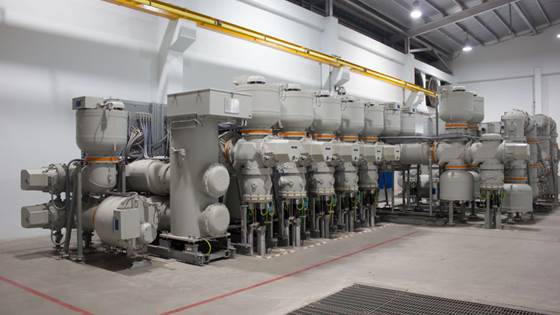
New gases for GIS - long-term reliability and fundamental understanding of insulation properties
Gas insulated switchgear (GIS) are essential parts of a safe, robust, and flexible energy system.

Gas insulated switchgear (GIS) are essential parts of a safe, robust, and flexible energy system.
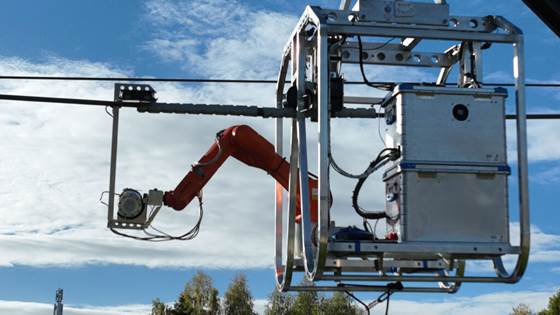
Joints in high-voltage overhead lines are critical components that, if they fail, can lead to line breaks and power outages.
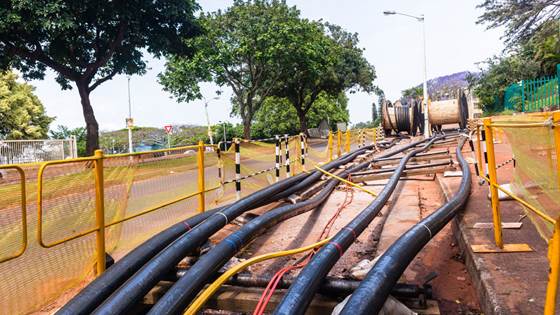
Power transmission is today facilitated by underground cables and overhead lines. For long distances or high power transmission, extra high voltages are normally used. The highest voltage level in Norway is 420 000 volts which is almost 2000 times...
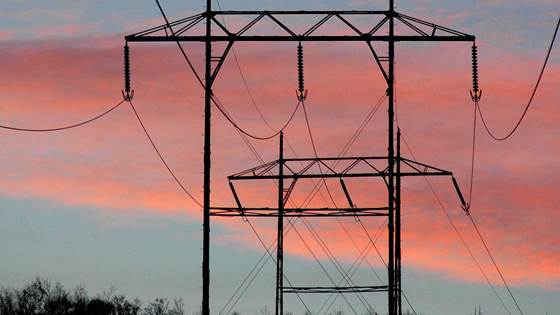
The energy grid is changing, and in the coming years, large sums will be invested to fully electrify society.
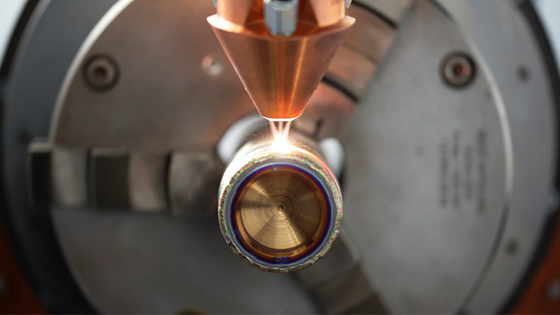
The InterQ European project aims to provide a full control of the quality of industrial manufacturing processes and equipment, moving towards zero defect manufacturing, which is a key challenge in strategic economic sectors, such as aeronautics...
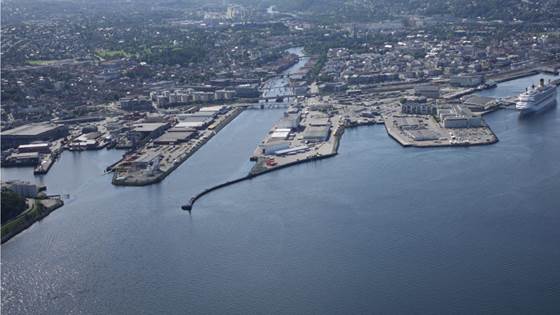
Challenges related to the electrification of maritime transport are now being mapped in a new SINTEF project with port authorities, grid companies, energy companies and ship-owners as partners. The aim is to reduce emissions by making the...
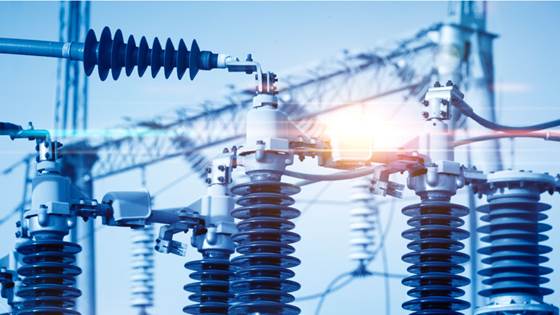
Statnett and Svenska kraftnät want to develop and demonstrate a common information system for stability monitoring and control applications in the Nordic transmission grid, with main focus on Sweden and Norway.
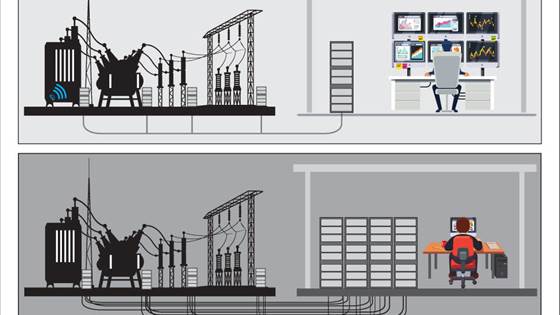
Digital Substation (DS) based on the standard IEC 61850 is rather new in Norway; one of the few pilot projects is Furuset substation owned by Statnett.
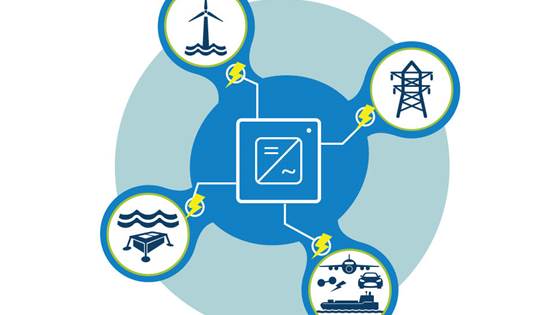
High voltage power electronic converters are central elements in the physical infrastructure of any flexible energy system because they enable effective switching and seamless control of the power flow between the different suppliers and consumers in...
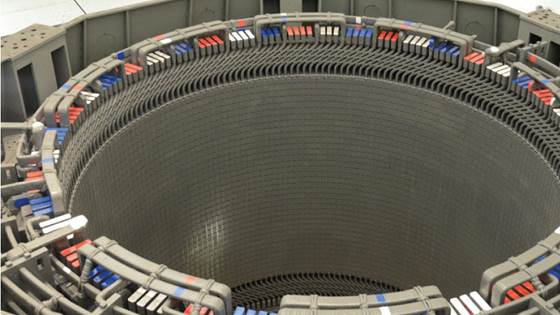
The HydroFlex project aims to develop new technology permitting highly flexible operation of hydropower stations. Flexibility of operation here means large ramping rates, frequent start-stops and possibilities to provide a large range of system...
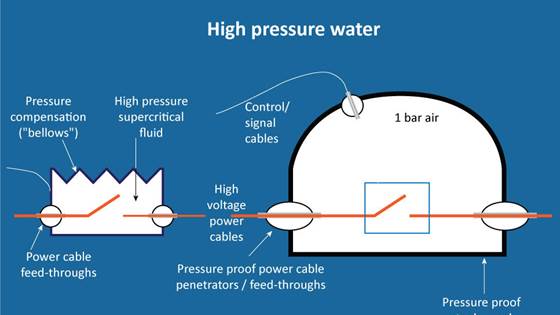
An increasing number of windfarms located far off the coasts and a growing demand for electric power supply to oil and gas installations on the seabed will lead to a development of an off-shore electric power transmission infrastructure.
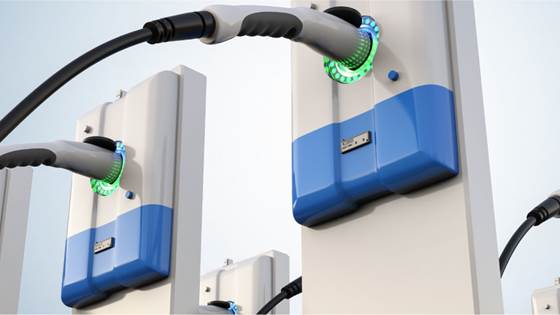
Electrification of urban transport has been identified as a key enabling technology for achieving a sustainable low carbon society. In spite of the increasing number of battery electric vehicles (EV) available on the market, widespread adoption has...
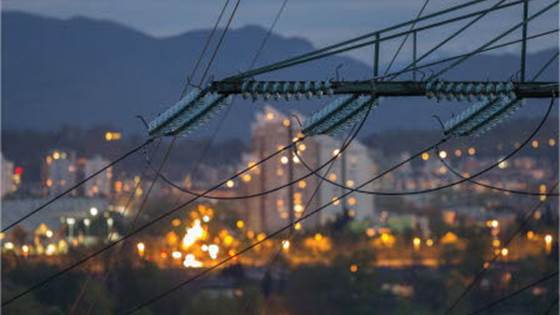
Multi-Terminal Direct Current (MTDC) transmission matured into the most feasible technology for transmission of bulk power over long distances with cables.
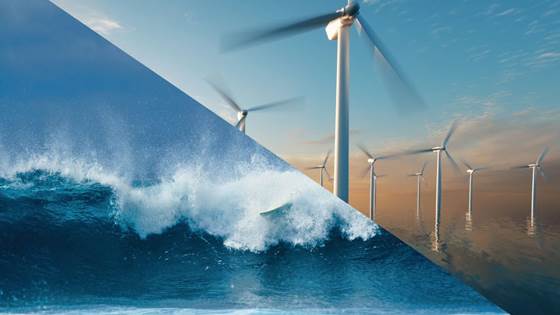
Evolving from the initial MaRINET project, EU H2020 is currently working with the project MaRINET2 towards a vision of exploiting the renewable energy potential of the oceans.
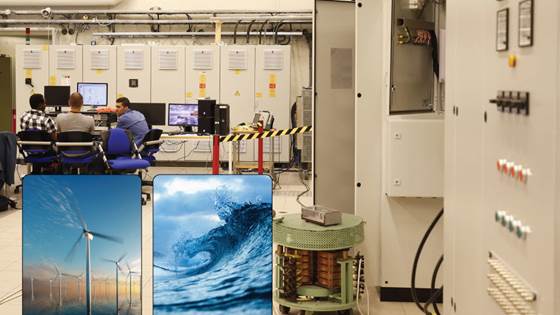
The objective of MARINERG-i is to become the leading internationally distributed infrastructure in the Marine Renewable Energy (MRE) sector.
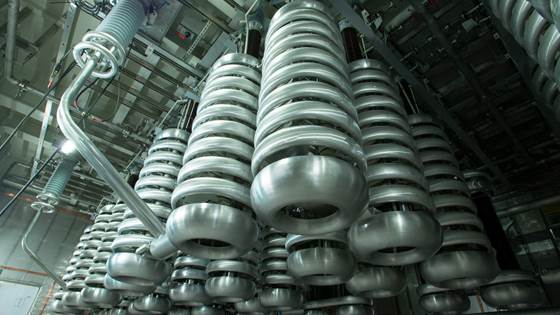
Future power systems are facing new challenges when traditional thermal generation units are replaced by renewable energy sources with power electronic grid interfaces.
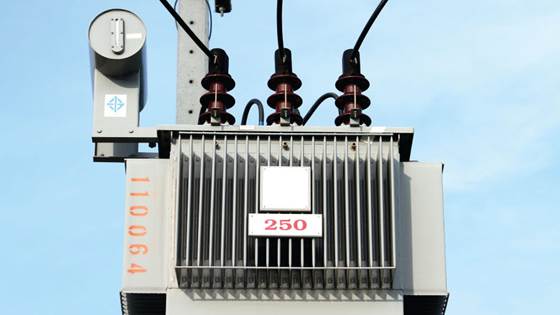
The transformer is one of the key components in any electric power system. Its purpose is to convert between different voltage levels, thereby enabling transmission of power over long distances, and the distribution of power to the end customer. The...

ABB EPMV in Skien manufactures 12 - 40.5 kV compact, gas insulated switchgears for the world market. Sulphur hexafluoride (SF6) gas is used as the electrical insulation- and current interruption medium. However, since SF6 is an extremely strong...